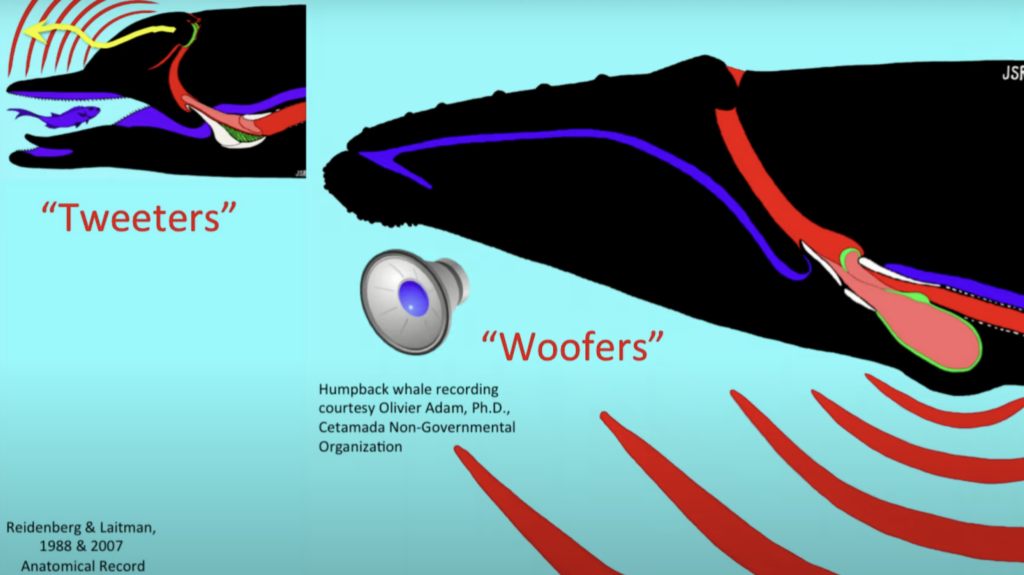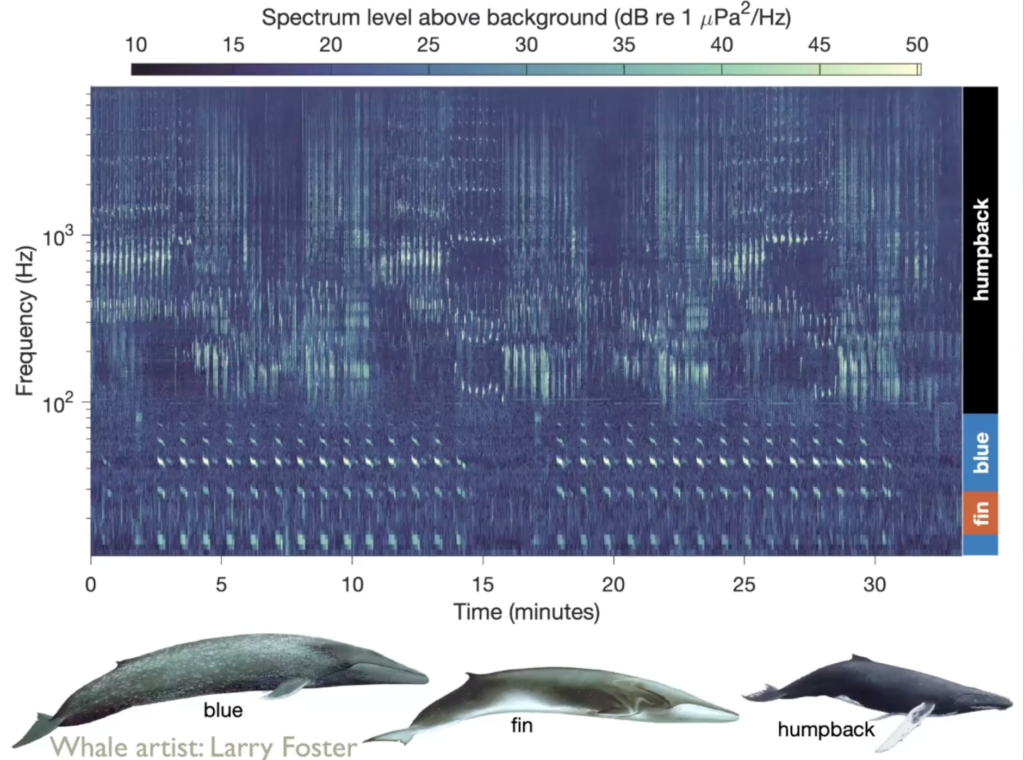“Our relationship with the underwater environment is fundamentally defined by how alien it is, an uninhabitable medium, which we can access through active imagination and immersion. “
[ paper: Understanding Underwater: the Art and Science of Interpreting Whale Sounds.
By Yolande Harris]
http://www.interferencejournal.org/understanding-underwater/
Except for sailor’s tales of deep-sea monsters, the underwater environment has been considered as a silent place. The assumption that the sea is silent, comes from the limitations of human hearing. The vastness, complexity and fractional knowledge we have of ocean ecologies suggests that we need to change this attitude to find sustainable solutions. The relationship between biological sound and anthropogenic technological sound is not just a theoretical distinction. It is central to our understanding and hearing underwater, and so is built into the history of human relationships with underwater environments.
Research on underwater sound is intimately bound up with the story of the whale. These underwater mammals are known to use sound in a very sophisticated manner.
“Underwater soundscapes are dynamic, they vary in space and time”
[paper: “Exploring the Ocean Through Soundscapes”]
https://acousticstoday.org/wp-content/uploads/2018/03/Exploring-the-Ocean-Through-Soundscapes.pdf
Blue, fin, sei, Bryde’s and humpback whales all communicate within the 10- to 200-Hz frequency spectrum. Infrasound from waves crashing onshore (that marine animals likely use for orientation) is also in this band. Understanding how marine life uses this frequency band and the effects of human contributions in this same frequency band is the subject of many soundscape studies.
Shipping activities have caused a 10- to 12-dB increase in the 20- to 40-Hz band between 1965 and 2003. Moreover, endeavors such as oil and gas exploration, as well as the development of renewable energy sources, have contributed to an overall escalation in sound levels within this band. It is likely that biotic sound levels have also surged due to the recovery of whale populations and the “Lombard effect.” This phenomenon, observed in both humans and various animal species, involves an increase in vocalization amplitude to offset higher levels of ambient noise. Consequently, the Lombard effect may be a contributing factor to the escalating levels of low-frequency sounds as animals vocalize more loudly to overcome background noise.
References:
- Paper: Understanding Underwater: the Art and Science of Interpreting Whale Sounds.
By Yolande Harris - Paper: Exploring the Ocean Through Soundscapes
By Jennifer L. Miksis-Olds, Bruce Martin, Peter L. Tyack













